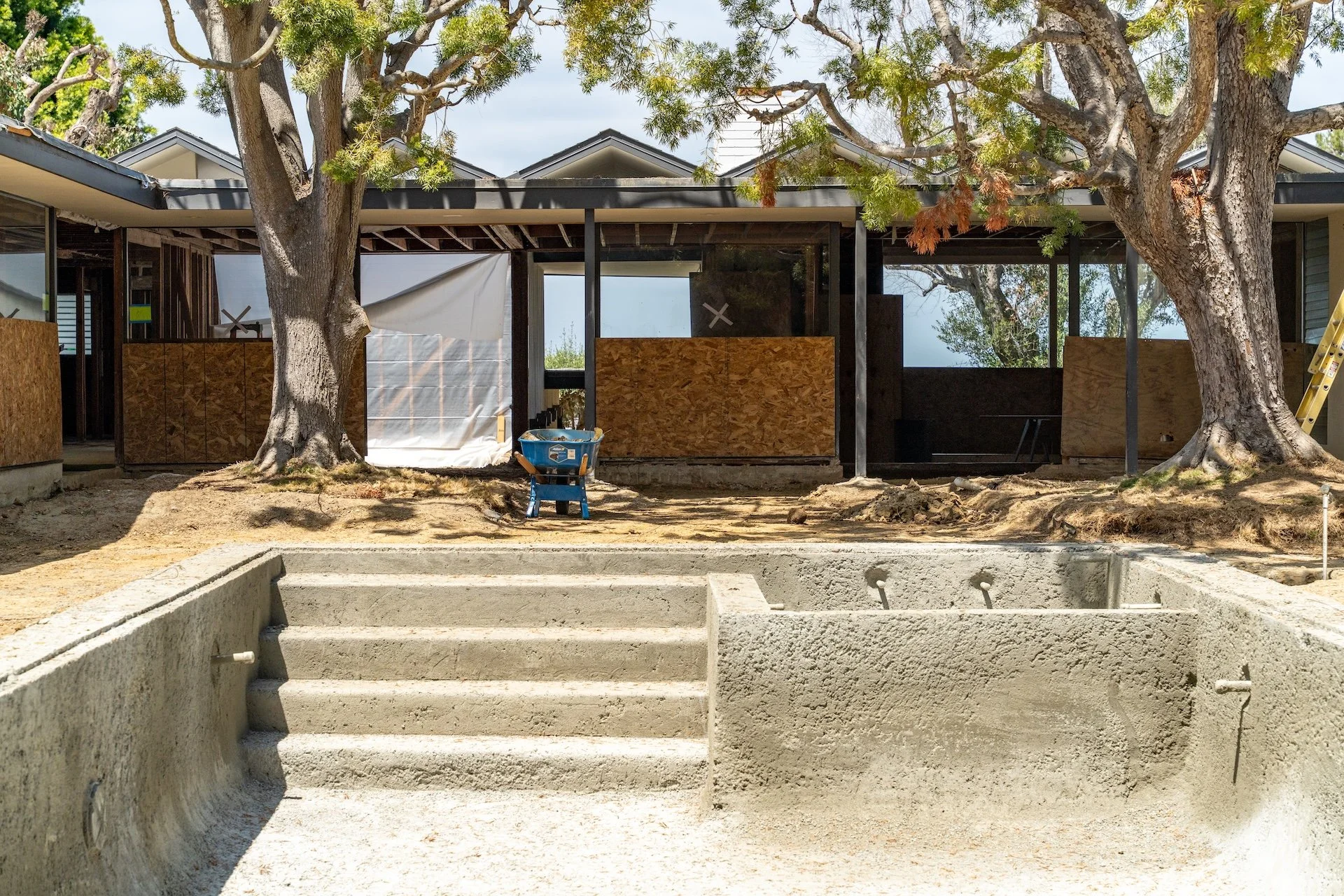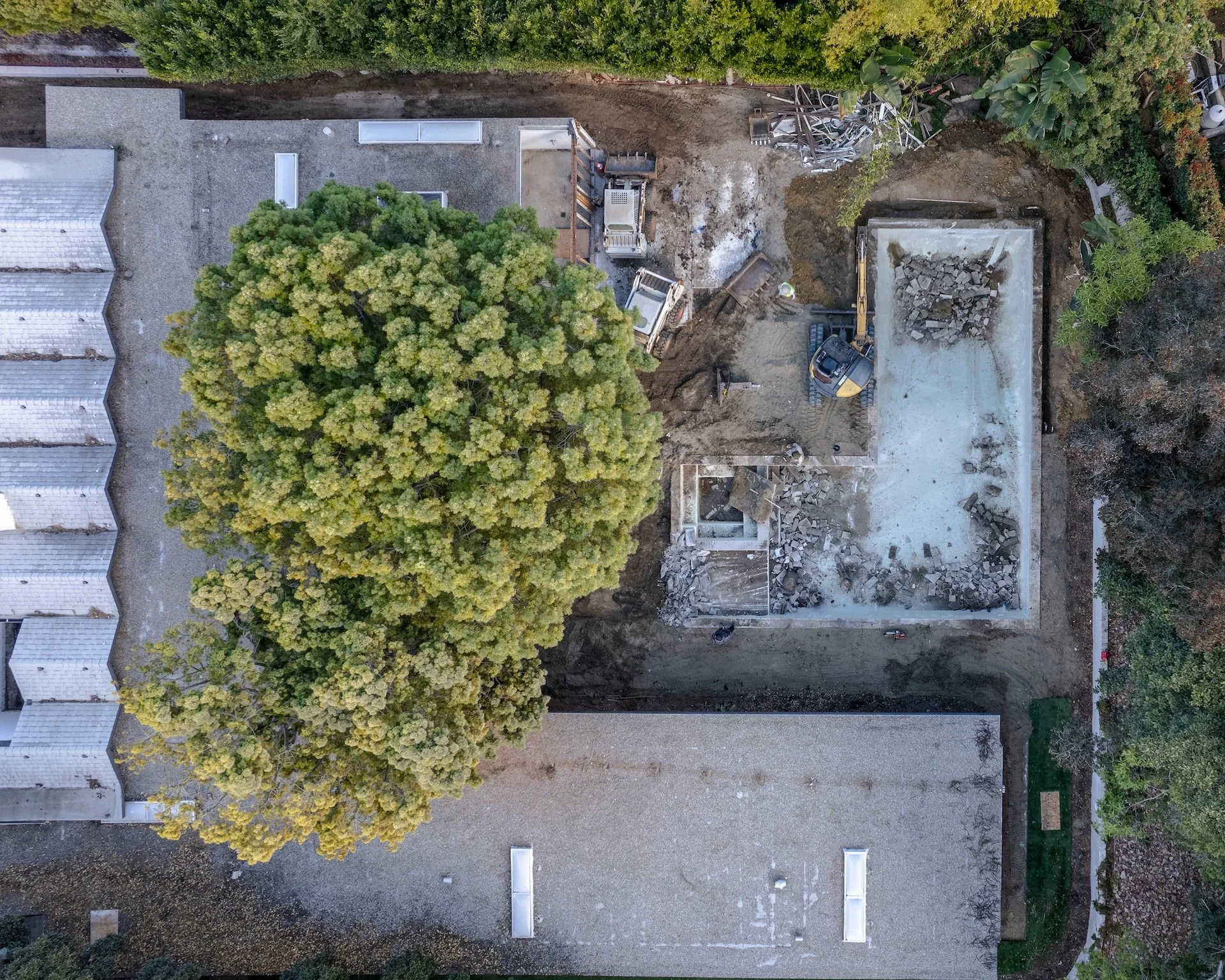Construction Contingency Planning
As a general contractor specializing in luxury residential projects, one of the most common questions we receive during cost analysis is about the contingency account. For many clients, particularly those working under a cost-plus contract, the term raises curiosity: What exactly is contingency, and why is it necessary?
The fact is, contingency is not just a line item on a budget—it is an essential tool that makes the construction process more efficient, transparent, and seamless for everyone involved.
Why We Include a Contingency Account
Every project comes with variables, no matter how well it is planned. Through decades of experience, we know there will always be unexpected costs—whether that’s a sudden increase in material pricing due to tariff changes, or something as simple as needing an additional dumpster during demolition. Rather than halting progress every time these small but inevitable issues arise, we use the contingency account to keep the project moving smoothly.
This approach benefits our clients in several key ways:
Efficiency & Momentum: With contingency funds in place, our team can address small, unforeseen needs immediately without disrupting progress or overwhelming the client with unnecessary approvals.
Simplified Communication: Clients and owners’ representatives remain focused on the big picture decisions, rather than being bogged down with minor adjustments that are best handled by the construction team.
Lower Administrative Costs: Fewer change orders mean less paperwork, fewer delays, and ultimately, lower overhead. This efficiency is one of the ways we’re able to pass value on to our clients.
Clear Process & Transparency: Anytime funds are transferred from contingency, our clients receive an itemized summary detailing exactly who, what, and how much was spent—ensuring absolute clarity.
Contingency vs. Change Orders
It’s important to distinguish between contingency and change orders.
Contingency is designed to cover the small, necessary unknowns that arise naturally in any project.
Change Orders are reserved for major design or scope changes driven by the client.
By using contingency effectively, we avoid “nickel-and-dime” frustrations and maintain steady progress. In fact, we’ve completed projects where the combination of strong planning and an appropriate contingency nearly eliminated the need for any change orders at all.
How We Determine the Right Amount
The size of a contingency account isn’t one-size-fits-all. It depends on:
Project Scope & Type: Historic properties, for example, often warrant higher contingencies due to the likelihood of hidden conditions.
Level of Documentation: When we begin with complete and detailed construction and design plans, contingency is generally lower.
Client Comfort: We often guide clients with a simple question: “What is an amount you would feel comfortable allowing our team to make decisions on without consulting you first?” This ensures the contingency aligns with both project realities and client preferences.
When communication and planning are strong, contingency funds are often far from depleted by the end of the project. However, we are upfront with clients that even the best laid plans can’t account for the unexpected and with diligent support and a well-managed contingency, we can mitigate a lot of stress and delays.
A Testament to Transparency
Our operations philosophy is rooted in exceptional, transparent project management. Contingency accounts are not about hidden costs—they are about clarity, efficiency, and respect for our clients’ time and resources. Every contingency transfer is documented, itemized, and communicated so our clients remain fully informed without being burdened by unnecessary details.
For luxury projects, where expectations are high and precision matters, contingency is more than a financial safeguard. It is a process that streamlines communication, reduces stress, and ensures our clients can focus on what truly matters: enjoying the journey of building their dream home.



